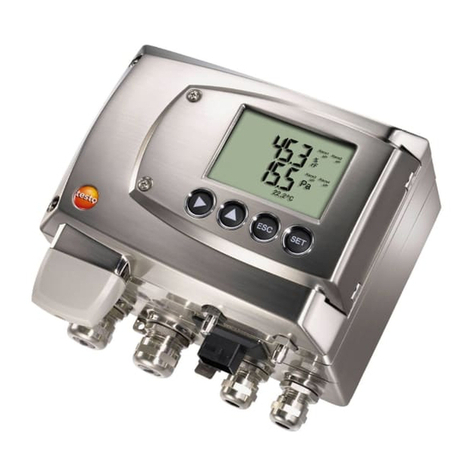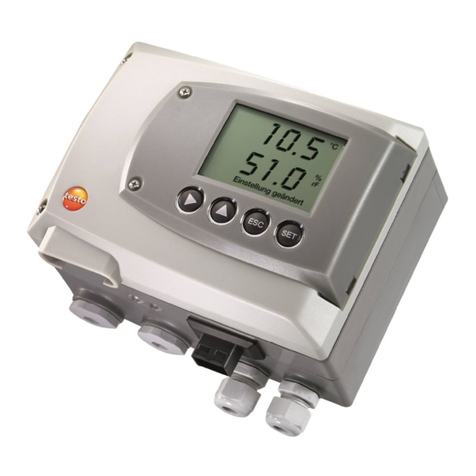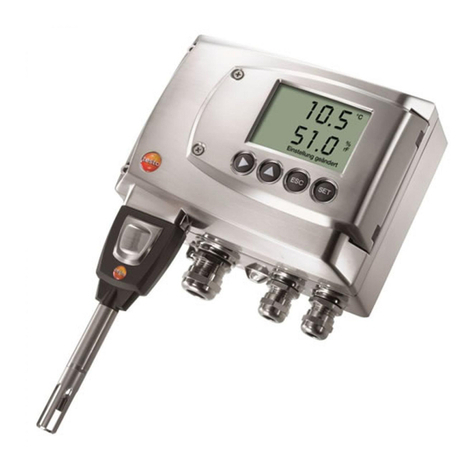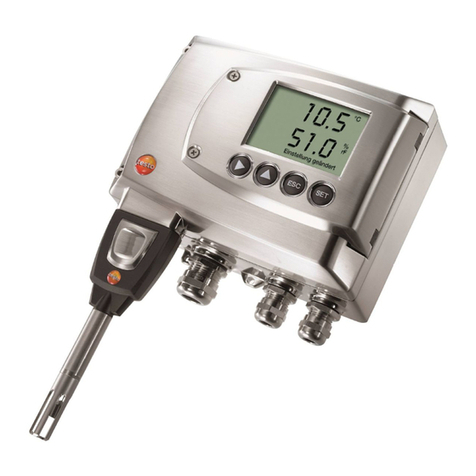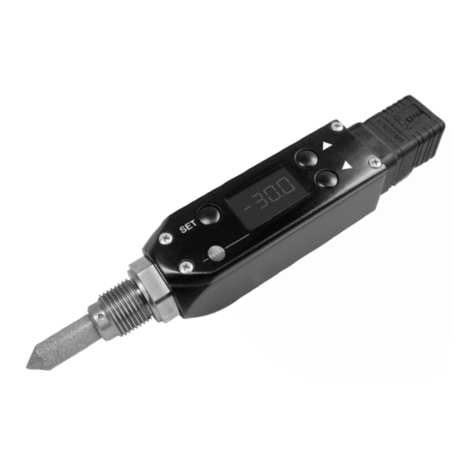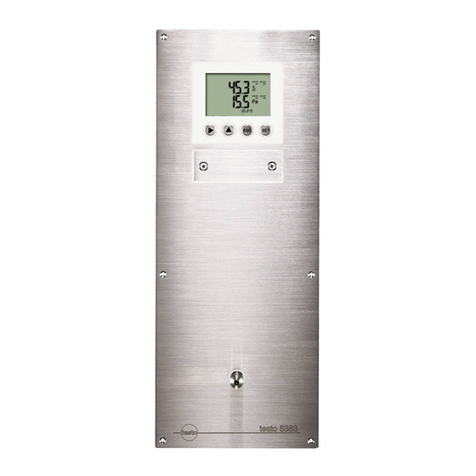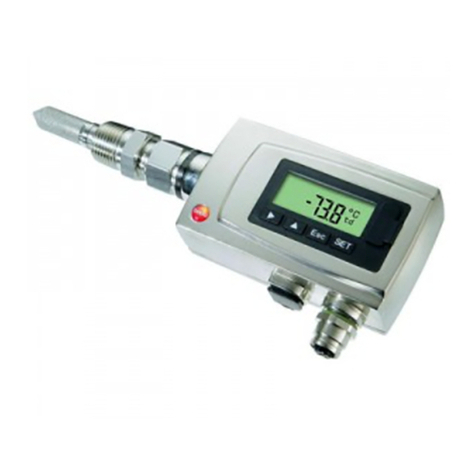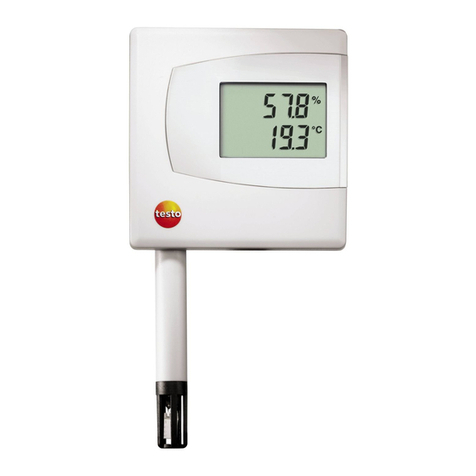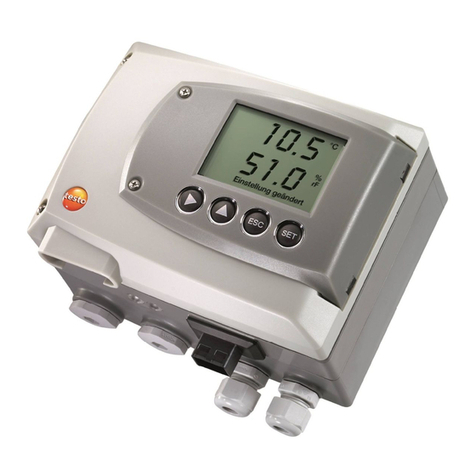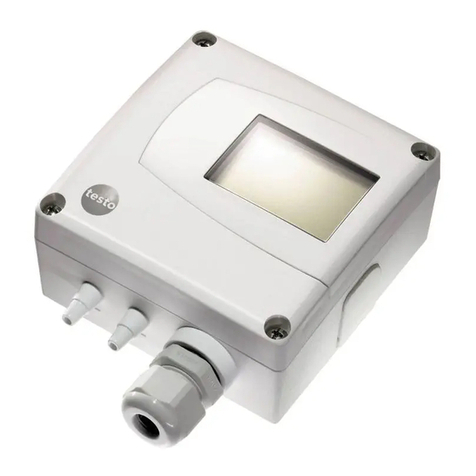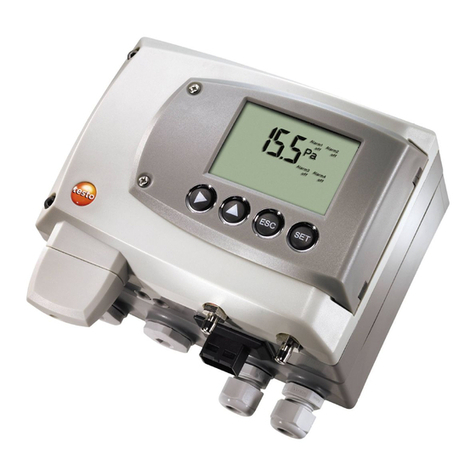3 Contents
5
Pos: 17 /TD/Übersc hriften/MUF/Inhal t @ 3\mod_1234794019831_ 79.doc @ 26261 @ 1
3Contents
1Safety and the environment....................................................................3
2About this document...............................................................................4
3Contents ...................................................................................................5
4Transmitter...............................................................................................7
4.1. Specifications ..................................................................................7
4.1.1. Functions and use ...........................................................................................7
4.1.2. Scope of delivery .............................................................................................7
4.1.3. Dimensions......................................................................................................7
4.1.4. Technical data .................................................................................................7
4.2. Product description........................................................................11
4.2.1. At a glance.....................................................................................................11
4.2.2. Scaling .........................................................................................................12
4.3. Commissioning ..............................................................................13
4.3.1. Assembling the instrument.............................................................................13
4.3.1.1. Wall mounting ...................................................................................13
4.3.2. Wiring the instrument.....................................................................................14
4.3.2.1. 4-wire system....................................................................................16
4.3.2.2. 3-wire system....................................................................................16
4.4. Maintenance and cleaning.............................................................17
4.4.1. Cleaning housing ...........................................................................................17
4.4.2. Namur fault conditions ...................................................................................17
5Parameterizing, adjusting and analyzing software (P2A software)...18
5.1. Specifications ................................................................................18
5.1.1. Functions and use .........................................................................................18
5.1.2. System requirements.....................................................................................19
5.1.3. Scope of delivery ...........................................................................................19
5.2. First steps......................................................................................20
5.2.1. Installing the software/driver ..........................................................................20
5.2.1.1. Installing P2A software......................................................................20
5.2.1.2. Installing USB driver .........................................................................20
5.2.1.3. P2A software upgrade ......................................................................20
5.2.2. Starting the software......................................................................................20
5.2.2.1. Starting the program .........................................................................20
5.2.2.2. Establishing a connection with the instrument...................................21
5.2.2.3. Activating the connection with the instrument....................................21
